Welcome to
Young's Photo Gallery
James W. Young, Professional Photographer
Astronomical
Outside of the various camera equipment owned by the author over the
years,
many of the astronomical pictures were taken with additional equipment,
such
as telescopes, tracking devices, and Schmidt style cameras. As
you scroll down
the image section, many will indicate which additional equipment was
used.
They are as follows:
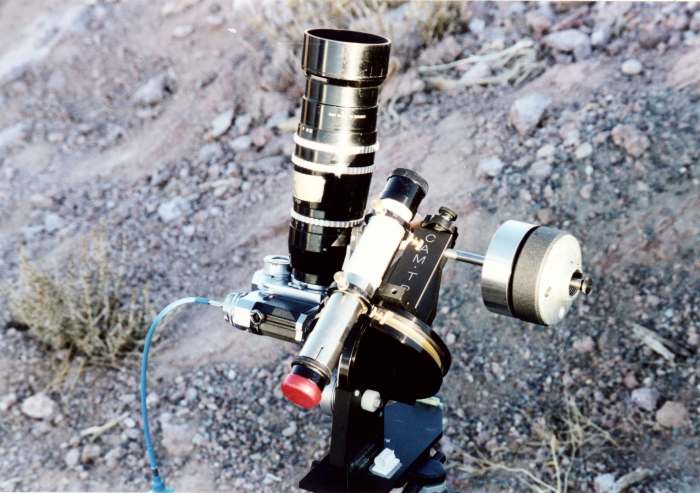
This is an 'Ed Byers' CAM-TRAK, used specifically at Cerro Tololo
Observatory
(click the link to the Cerro Tololo images) in Chile in June,
2000. This very small
portable tracker was modified to hold a co-aligned finder telescope for
locating the
south celestial pole (SCP), seen here with the red cap over its
eyepiece. In this
image, the Contarex and 250mm f/4 telephoto lens is ready for imaging
the night
sky, starting June 1, while the author was running the 2MASS telescope
for the
IR sky survey for the University of Massachusetts and Caltech.
The author owns
the CAM-TRAK, but the camera and lens are owned by JPL.
Click here to view the CAM-TRAK images in Chile Cerro Tololo
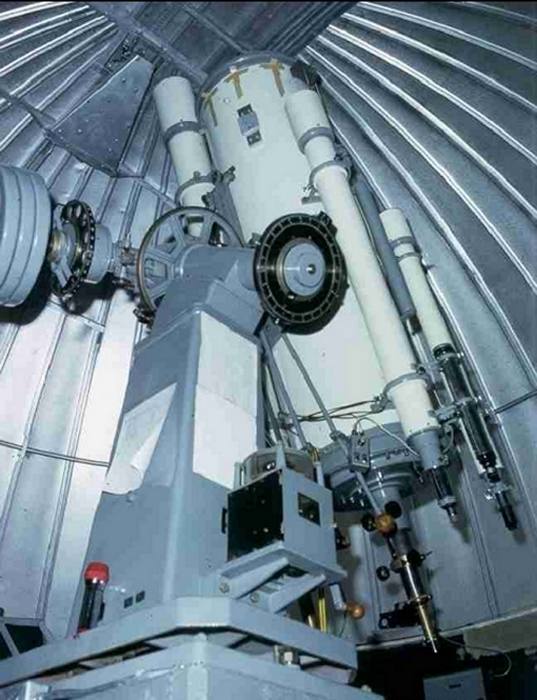
The 16-inch f/20 reflector at Table Mountain Observatory, circa
1962-1966.
This was a manually operated telescope, with a weight driven
clock-drive. Both
RA and Dec axes were adjusted with hand controls.
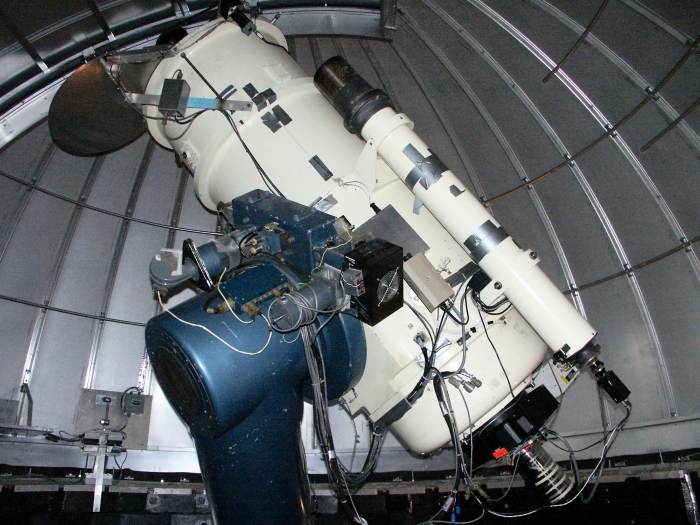
The 24-inch reflector at Table Mountain Observatory, circa 1966 -
present date.
This was a motor-driven analog instrument when set up in 1966, and had
clutches
and brakes to control slew, set, guide, and track motions for both RA
and Dec axes.
It is currently a computer controlled telescope with extremely accurate
pointing and
tracking capabilities.
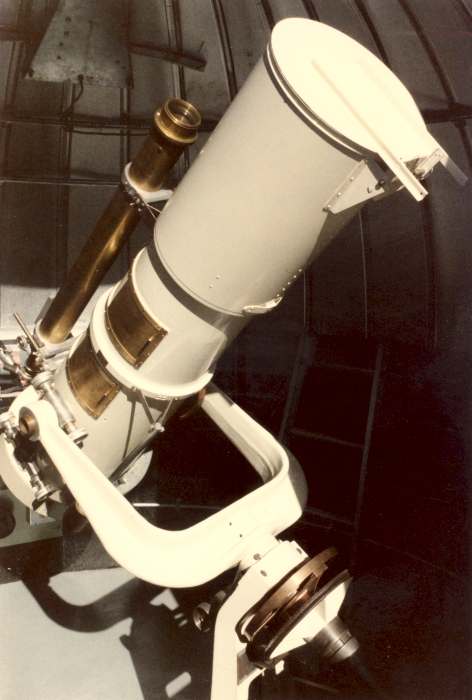
This is the 10-inch Schmidt Camera developed and built by Floyd Day of
Palomar
and Mt Wilson Observatories as a proto type for the 48-inch Schmidt
still in use
at Mt Palomar today. The 10-inch was loaned to Table Mountain
Observatory from
its then owner, Ted Haberman, in 1985. It was subsequently
purchased from Mr
Haberman, and used specifically to image Halley's Comet during 1986.
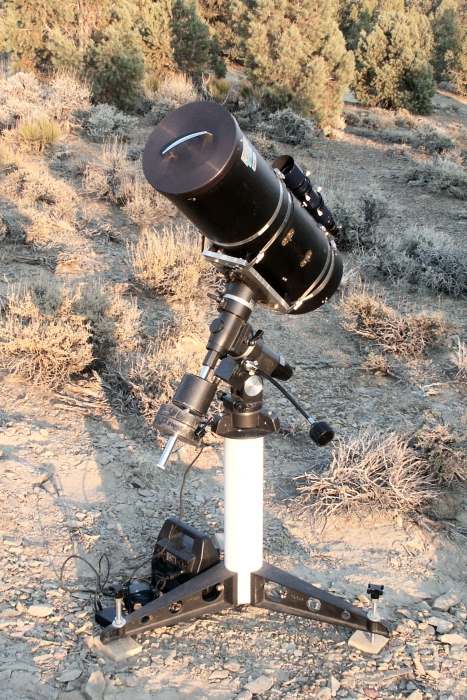
This 8-inch Celestron camera was purchased by JPL for Table Mountain
Observatory
in 1985 for additional comet photography. Seen here in the field
for tests conducted
by the author at Grandview Campground in the White Mountains of
California.
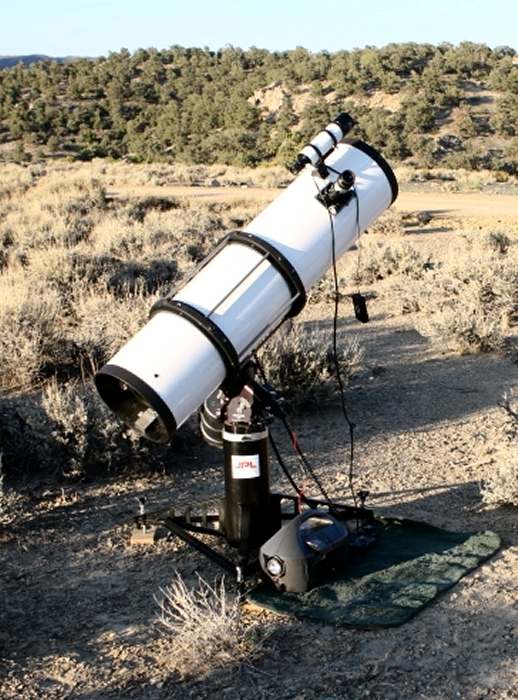
This is the author's 10-inch home-brew reflector, with a G-8 Losmandy
mounting
on a modified heavy duty tripod for field operations. It is
pictured here at the
Grandview Campground in the White Mountains of California. Polar
alignment is
extremely easy with Losmandy 'polar axis' finder. This current
telscope and
mounting are housed in the author's home observatory located in
Wrightwood,
California. The author's wife, Karen, uses this instrument to
make asteroid
occultation observations for IOTA, as well as variable star
measurements for
the AAVSO. This telescope, used since 2002, is easily transported
for field
operations from its normal home location.
Images
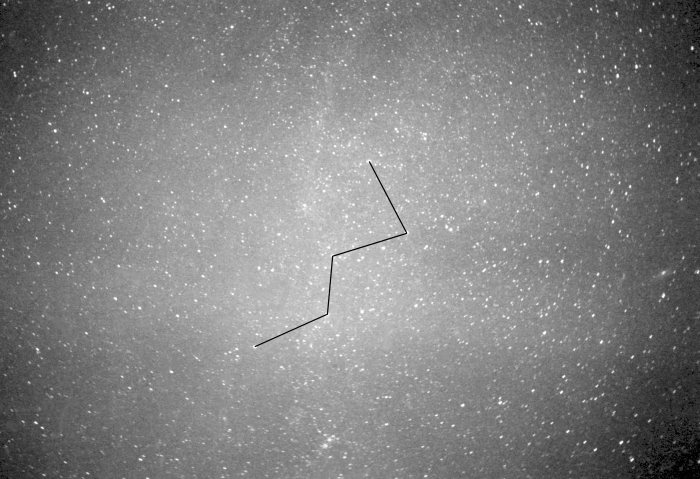
My very first astronomical image, taken in Seattle, Washington on August 16,
1957 with my mother's Bantam 828 camera, set at f/4.5. The camera was
mounted on a tracking mount in my backyard, and bolted to an old tree trunk
for this 60 minute exposure using Kodak Tri-X film.
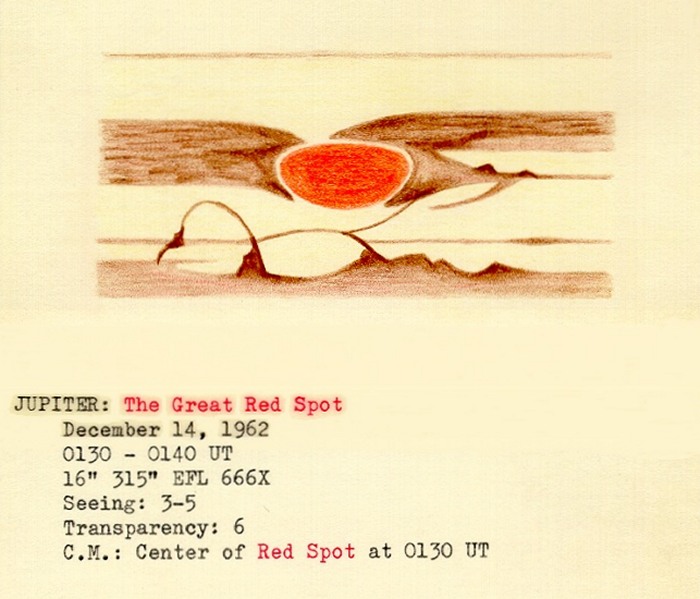
'Red Spot' drawing of Jupiter made by the author as indicated,
at Table Mountain Observatory
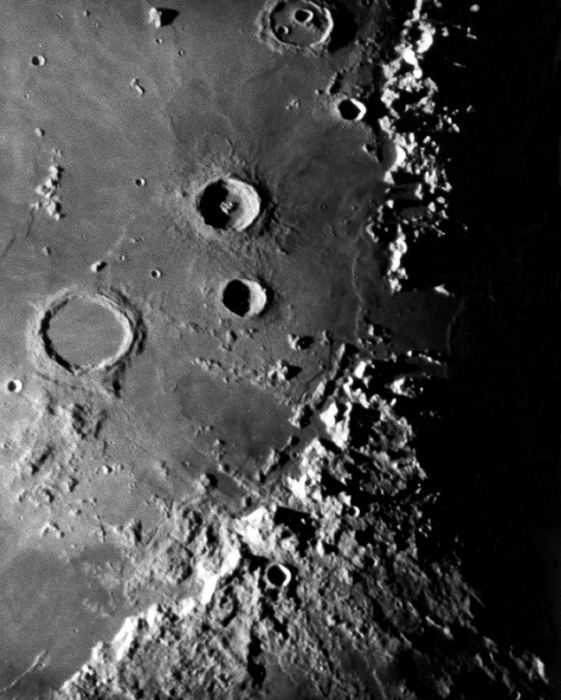
The Apennine Mountains on the moon, using the 16-inch reflector,
August 29, 1964, at Table Mountain Observatory
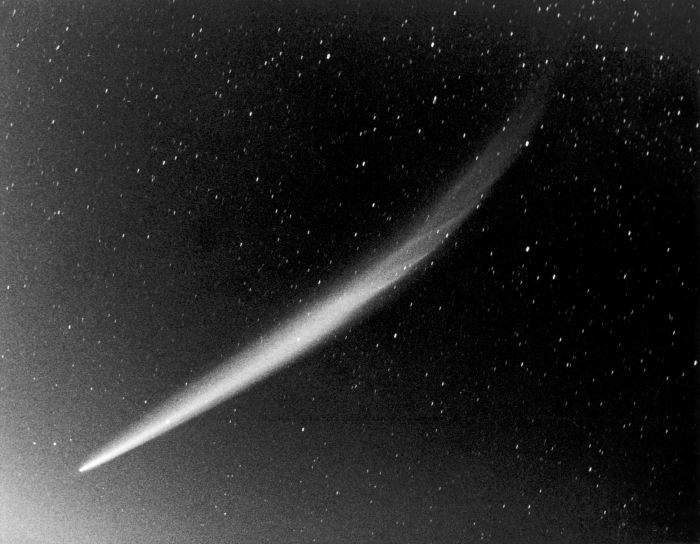
Comet Ikeya-Seki from Table Mountain Observatory, October 30, 1965
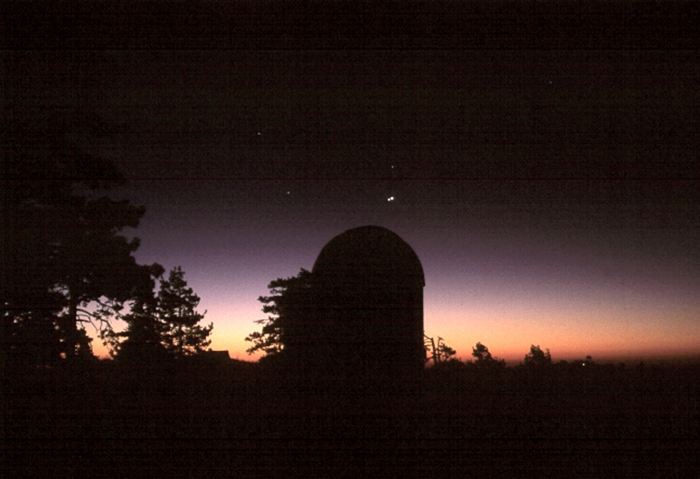
Planetary Conjunction of Jupiter (left) and Venus (right), with Mars just above,
with stars Castor and Pollux to the left, August 7, 1966 from
Table Mountain Observatory
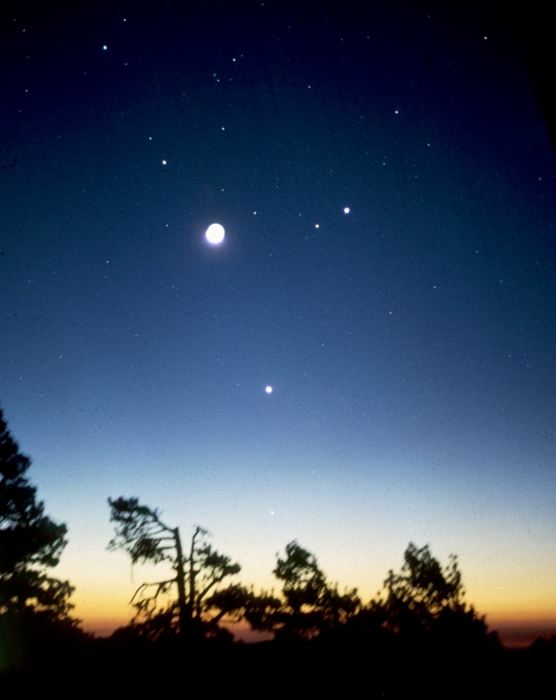
Planetary Conjunction: Mercury just above the trees, then Venus, the moon, with
Mars and Jupiter to the right of the moon, from Table Mountain Observatory,
August 14, 1966
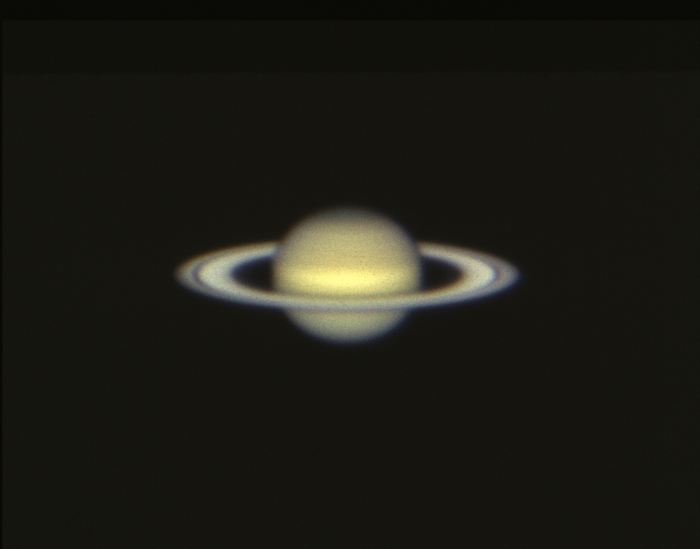
Saturn taken with the 24-inch reflector at Table Mountain Observatory,
September 26, 1968
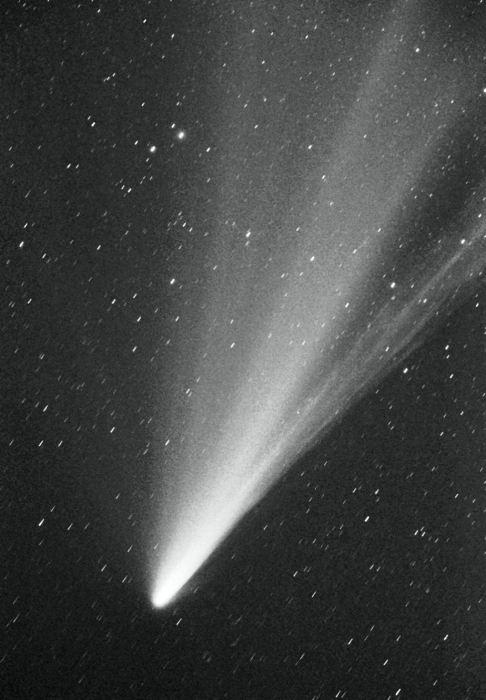
Comet West, taken at Table Mountain Observatory, March 8, 1976
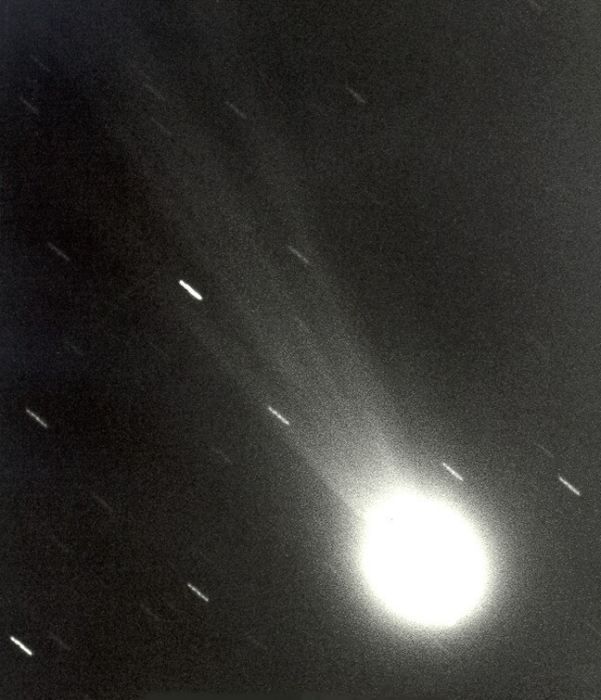
Halley's Comet, taken January 8, 1986 with the 24-inch reflector
at Table Mountain Observatory
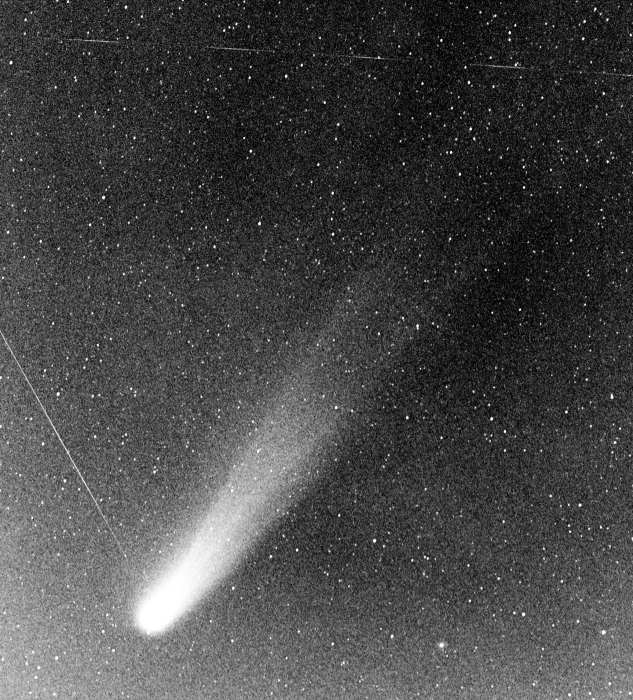
Halley's Comet, taken March 11, 1986, with the 10-inch Schmidt camera
at Table Mountain Observatory
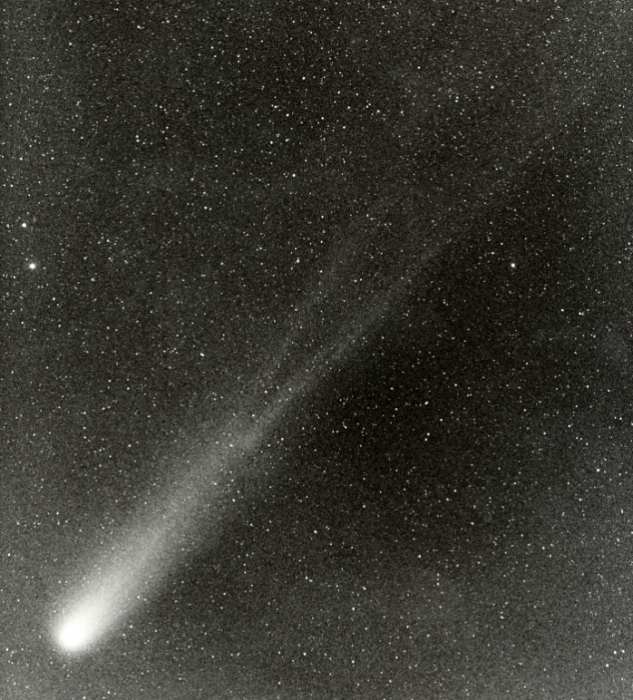
Halley's Comet, taken March 20, 1986, with the 10-inch Schmidt camera
at Table Mountain Observatory
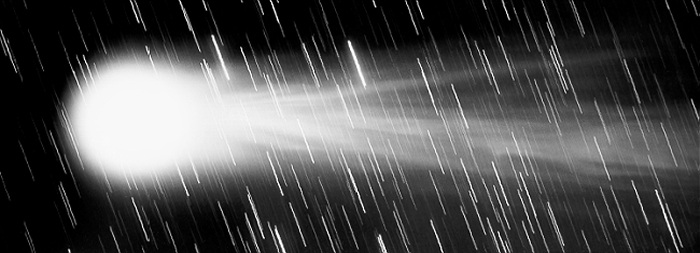
Comet Hyakutake, taken March 22, 1996, with the 10-inch Schmidt camera
at Table Mountain Observatory
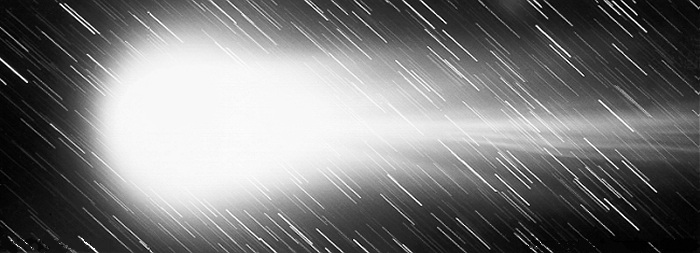
Comet Hyakutake, taken March 25, 1996, with the 10-inch Schmidt camera
at Table Mountain Observatory
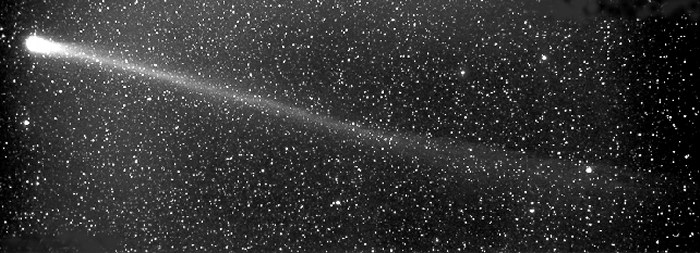
Comet Hyakutake, taken March 27, 1996, at Table Mountain Observatory
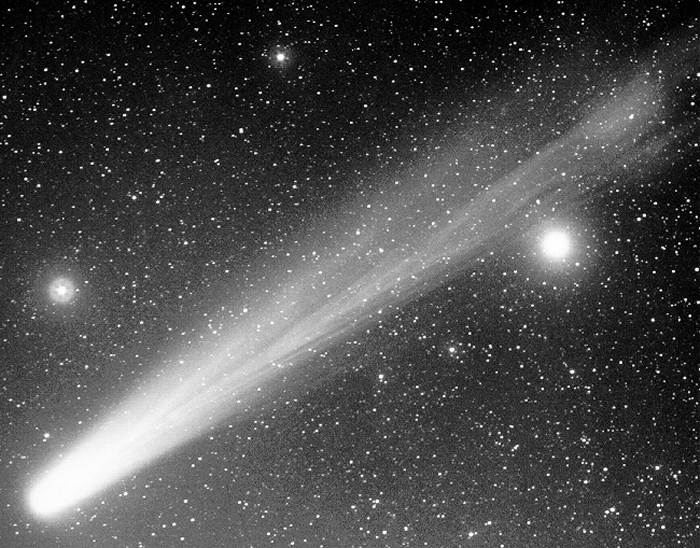
Comet Hyakutake, taken April 12, 1996, at Table Mountain Observatory
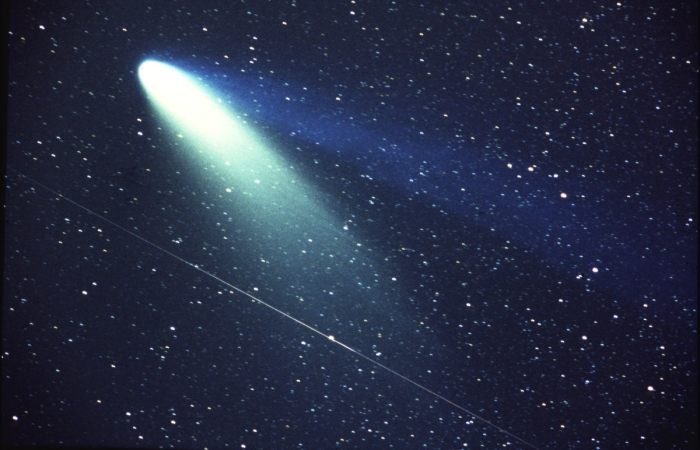
Comet Hale-Bopp, taken in the Angeles National Forest (California), March 17, 1997
(a bright meteor crossed the tail from right to left)
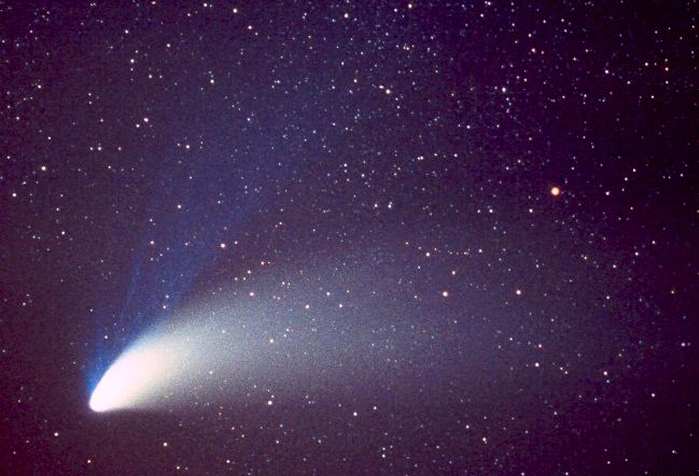
Comet Hale-Bopp, taken from Mahogany Flats in Death Valley NP, April 30, 1997
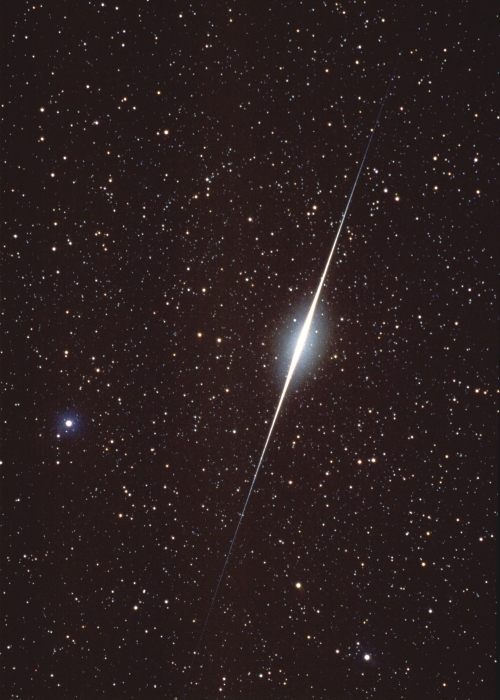
An Iridium satellite flare, taken on August 13, 1999 at Grandview Campground,
in the White Mountains of California
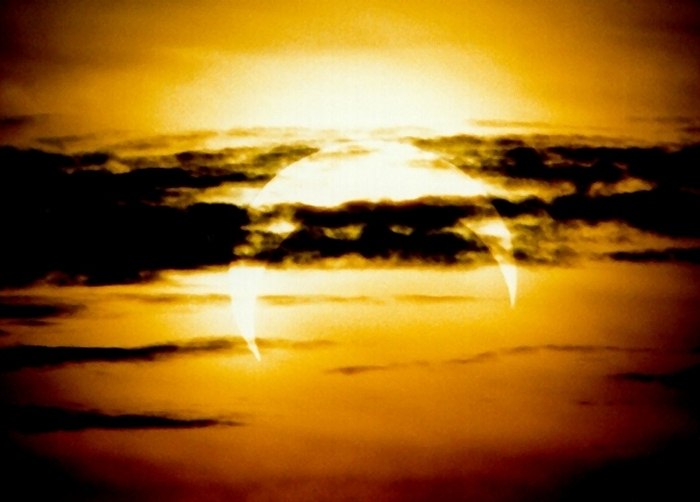
The annular eclipse of the sun, as photographed near the Pacific Ocean,
north of Oceanside, California, January 4, 2002
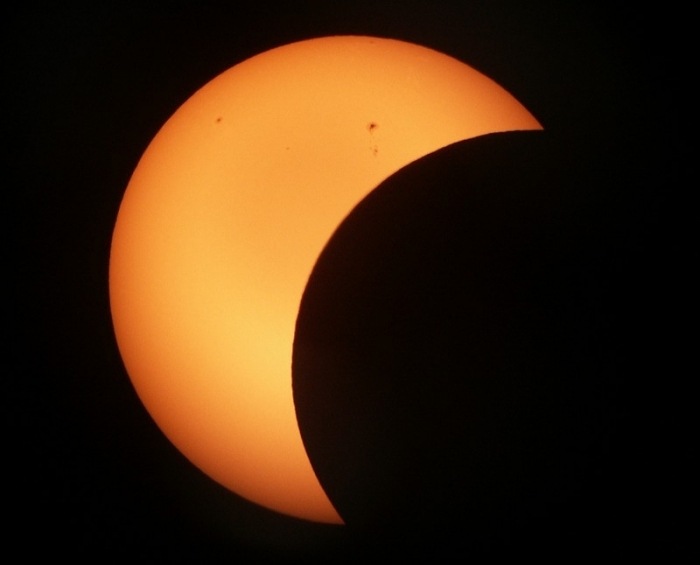
A partial solar eclipse recorded June 10, 2002 with a 10-inch reflecting telescope,
in Wrightwood, California
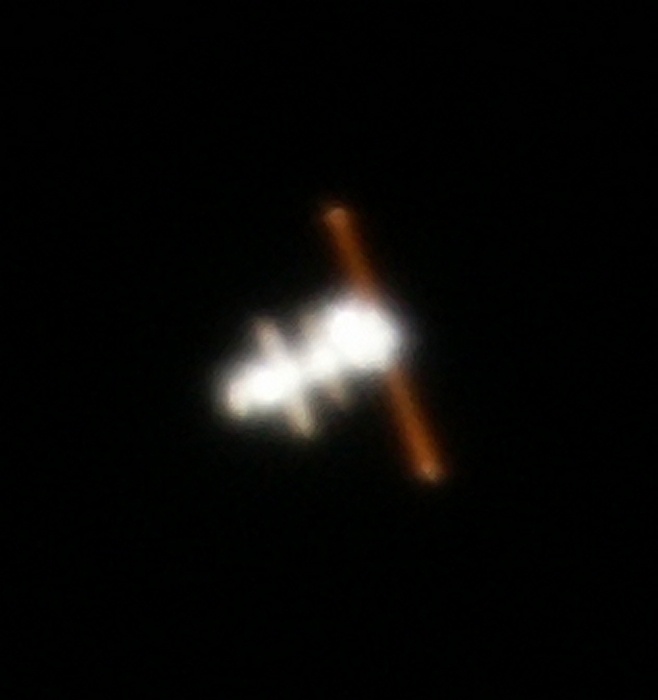
The International Space Station (ISS) as recorded through the 24-inch
reflector at Table Mountain Observatory, June 16, 2002
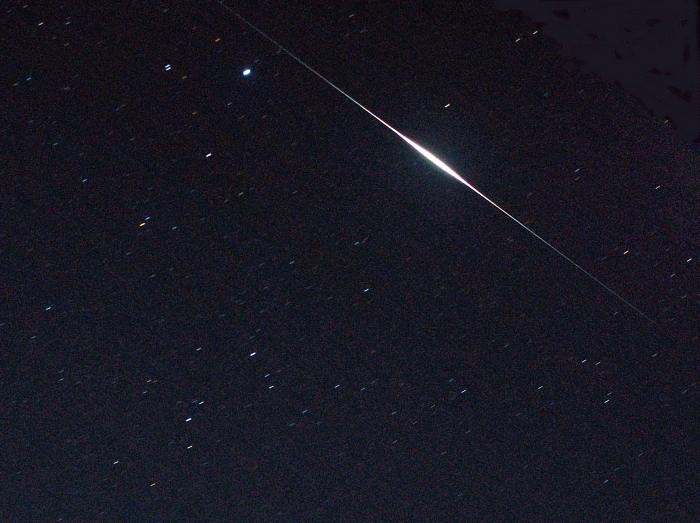
An Iridium satellite flare just left of the constellation 'Lyra', as seen from
Wrightwood, California, June 24, 2002
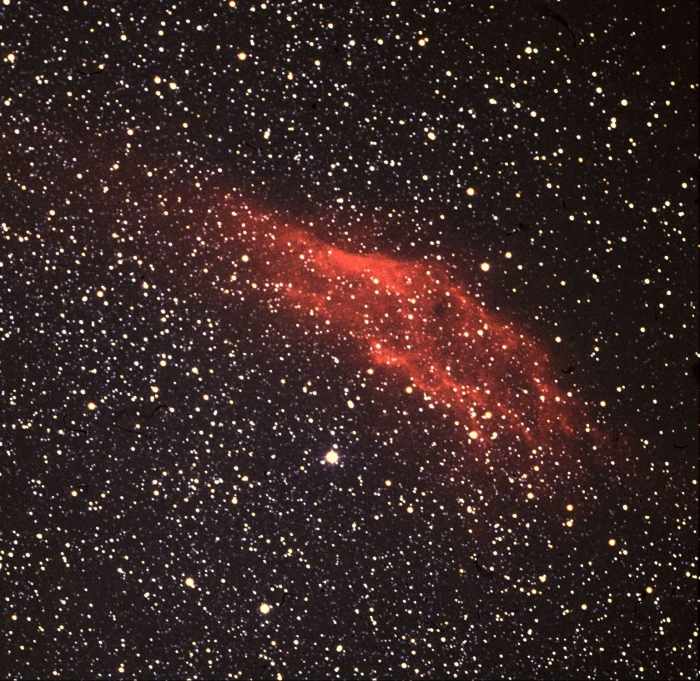
The 'California' nebula photographed at Grandview Campground in the White Mountains
of California, using an 8-inch Celestron Schmidt camera, on August 10, 2002
The famous 'Ring' nebula imaged through Table Mountain Observatory's
24-inch reflector, June 22, 2005
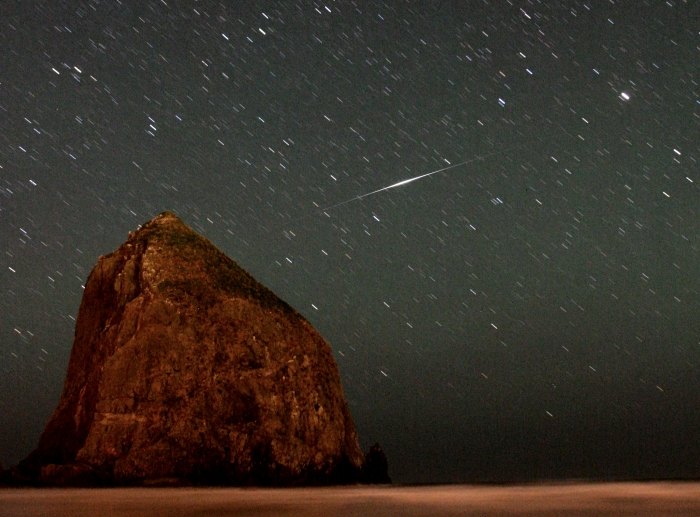
An 'Iridium' satellite flare as recorded at the water's edge (Pacific Ocean),
in Cannon Beach, Oregon, August 3, 2005 (Haystack Rock to the left)
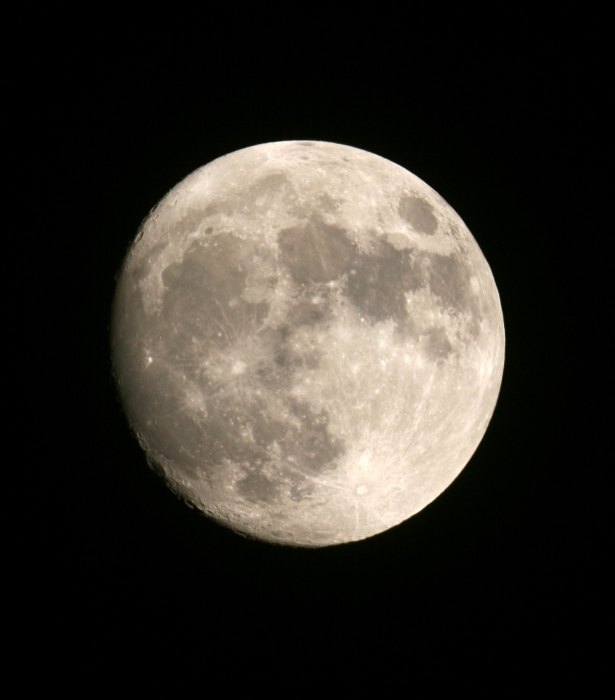
The nearly full moon imaged on May 29, 2007 from Table Mountain Observatory
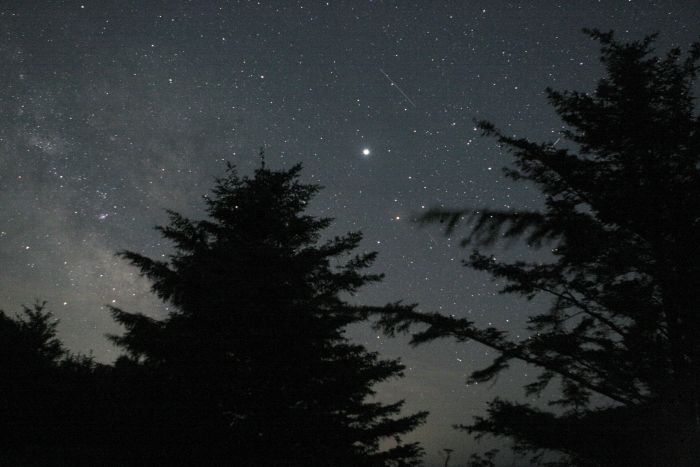
Three earth orbiting satellites (right center) leave their short trails in this image
taken from near Oswald West State Park (Oregon coast), July 5, 2007
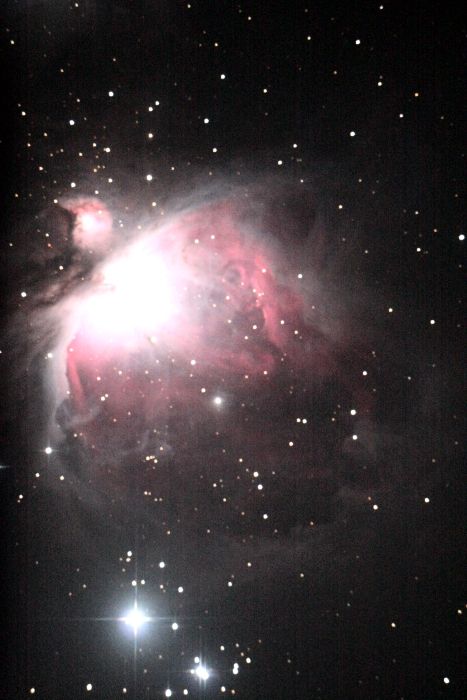
The Orion Nebula, taken with a 10-inch reflector at Grandview Campground
in the White Mountains of California, on August 10, 2007
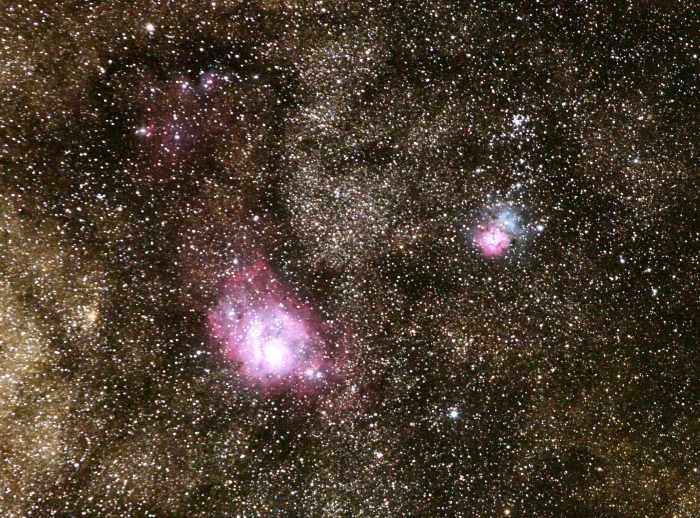
The Lagoon and Trifid nebulae, taken on August 10, 2007 from Grandview
Campground in the White Mountains of California
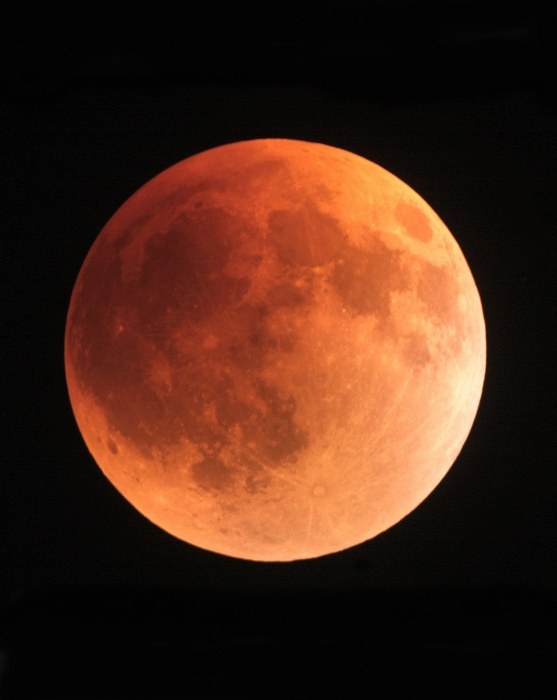
A total eclipse of the Moon, taken through a 10-inch reflector, on August 28, 2007
in Wrightwood, California
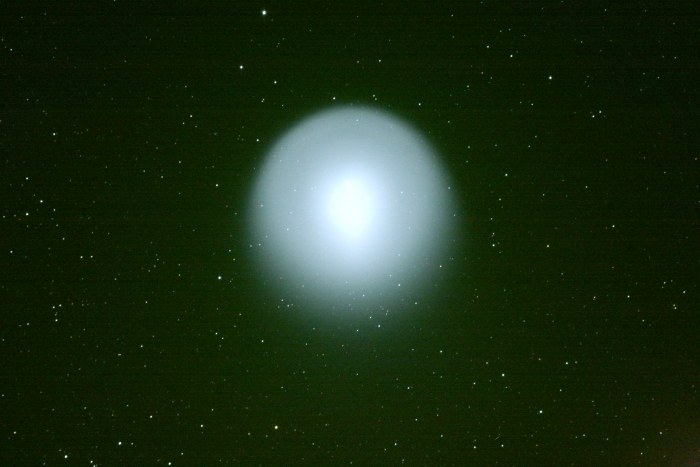
Comet Holmes, taken at Table Mountain Observatory, November 6, 2007
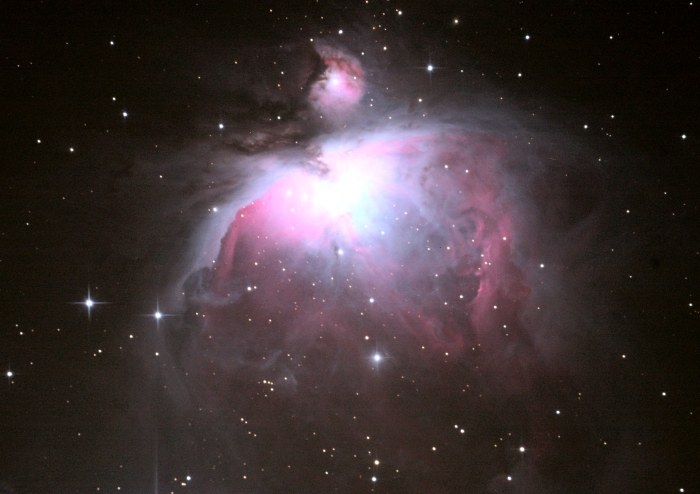
The Orion Nebula taken with the 24-inch reflector at Table Mountain Observatory,
November 6, 2007
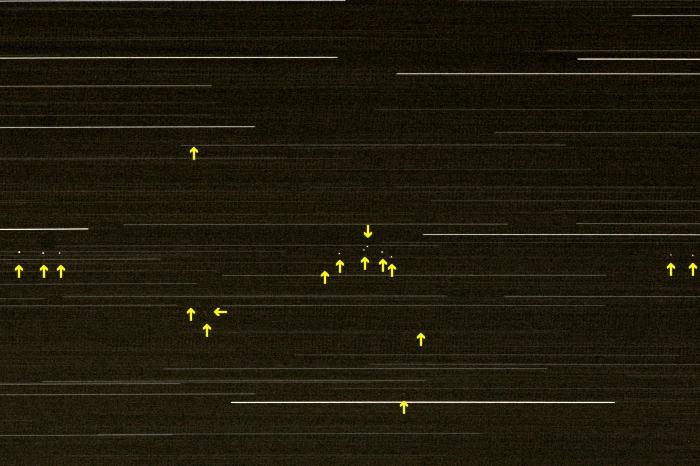
Look closely! These are geostationary satellites, all 17! 10 show quite well, but
the other 6 are hard to see at this resolution. This image was taken at Table
Mountain Observatory, September 3, 2008
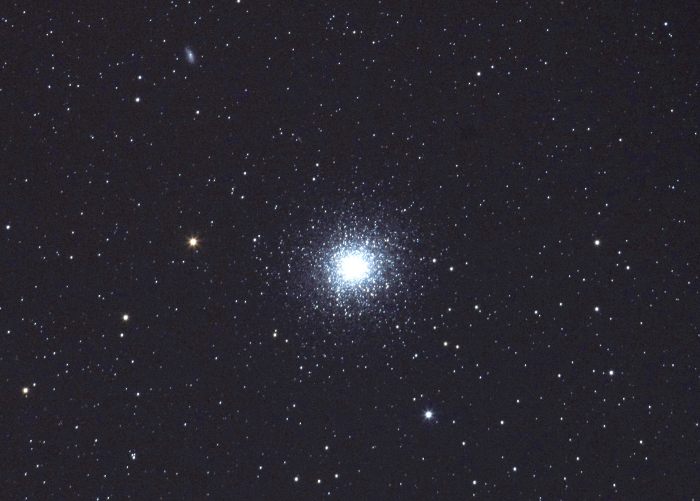
M13, the famous globular cluster in the constellation, HERCULES, taken at Table
Mountain Observatory, February 19, 2009
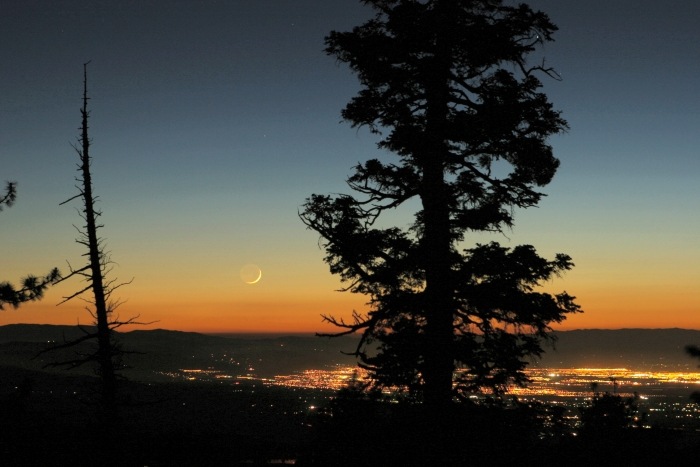
The thin crescent moon setting over Palmdale, California, June 23, 2009 from
Table Mountain Road near Wrightwood, California
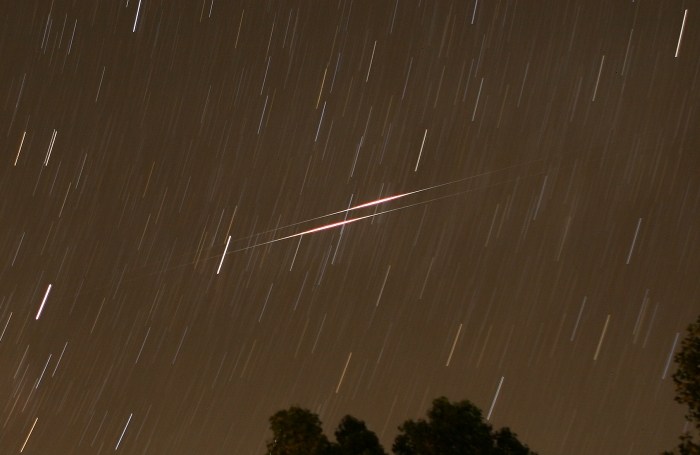
Two 'Iridium' satellite flares, from Wrightwood, California, on June 23, 2009
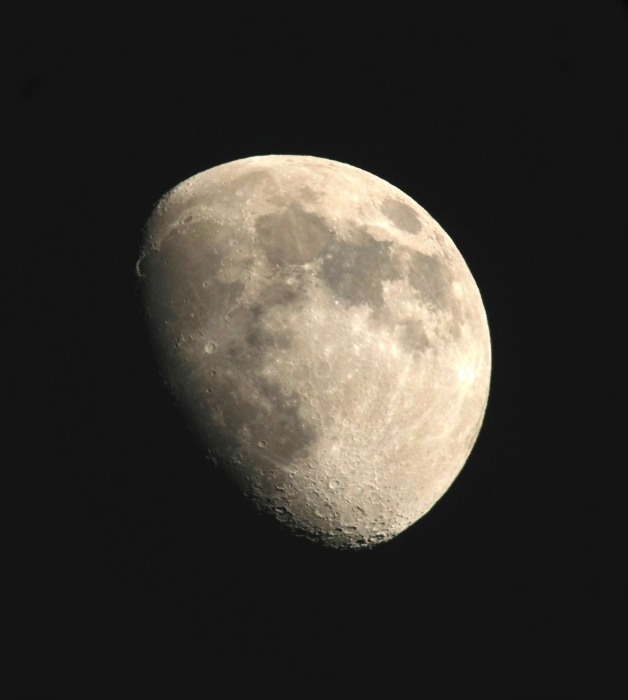
The waxing gibbous moon, October 28, 2009, from Wrightwood, California
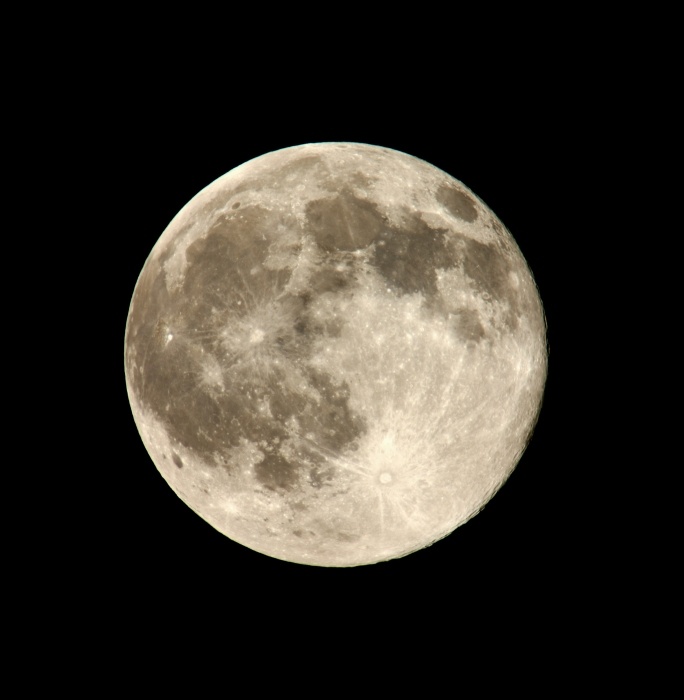
The full moon, taken November 2, 2009, from Wrightwood, California
On February 14, 2010, Jim and Karen went to Chiricahua National Monument,
about 46 miles north of Douglas, Arizona. At an elevation of nearly 7000 feet,
the skies were clear by nightfall for astrophotography using Canon cameras and
lenses, along with two separate tracking instruments. The sky was exceptional
dark, with a bright zodiacal band after sunset, and later, the gegenschein was
also seen visually and photographically.
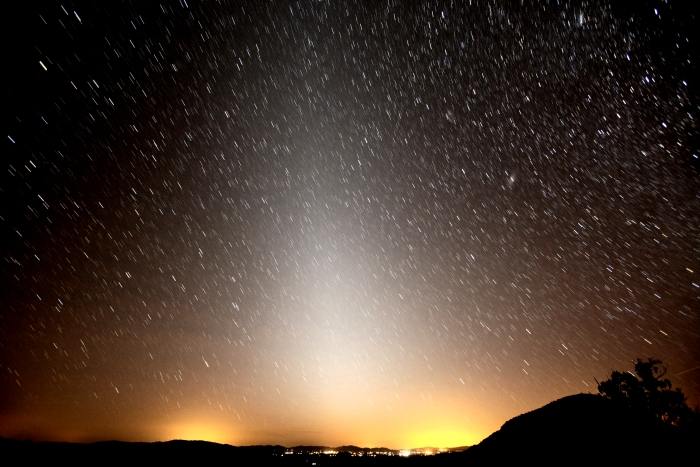
The zodiacal light looking southwest after sunset, with the lights of Fort Huachuca
(right) and Bisbee (left) on the horizon.
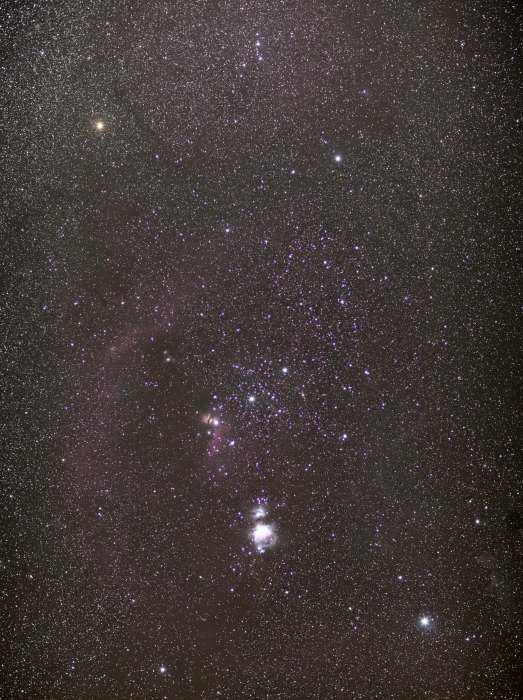
The constellation ORION with the Orion Nebula in the lower center and Betelgeuse
in the upper left and Rigel in the lower right. The fainter Horsehead Nebula is
above and to the left of the Orion Nebula.
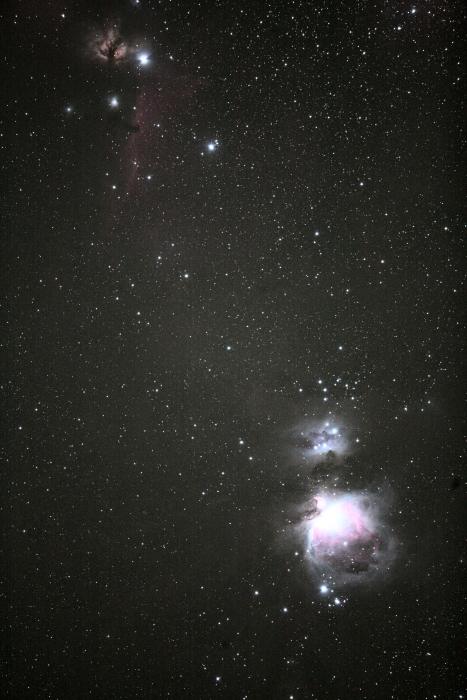
A close-up of the Orion Nebula in the lower right, and the Horsehead Nebula in
the upper left.
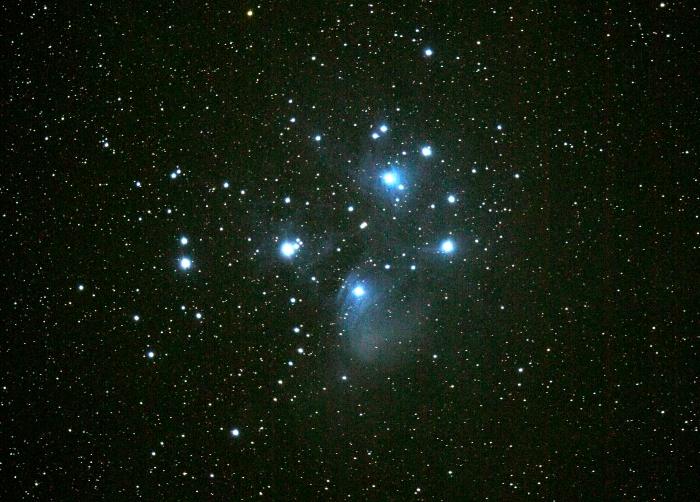
The Pleiades star cluster with faint nebulosity.
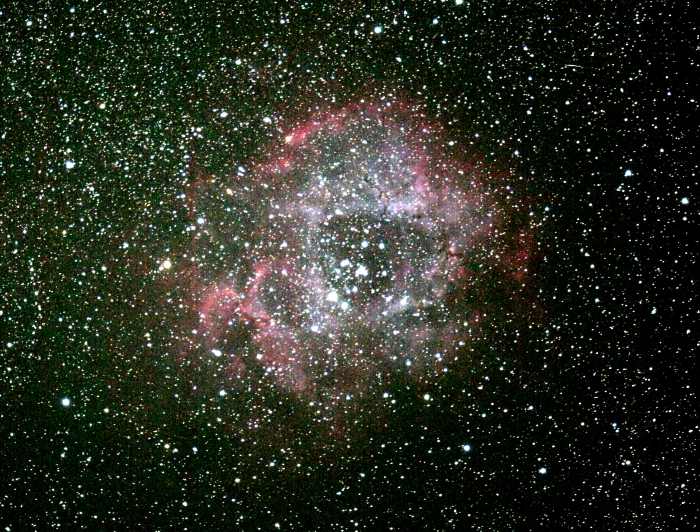
The Rosette Nebula in the constellation of Monoceros.
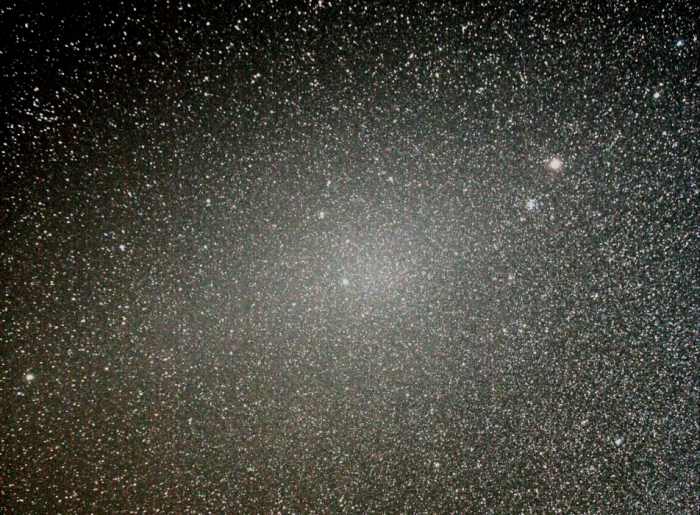
The gegenschein, an extremely faint oval patch of light directly opposite the sun,
is seen in this enhanced picture, with Saturn at the extreme lower left, and much
brighter Mars in the upper right. Mars is just above the 'beehive' cluster in the
constellation CANCER. The star Regulus, in the constellation LEO, is in the center
of this image, with the gegenschein just to the right. The gegenschein is the result
of sunlight falling onto millions of small particles in the plane of the ecliptic, which
can be seen because of the 'opposition' effect (opposite the sun). This image was
taken by K. Young.

Another picture of 'geostationary' satellites, but in this case over 20 were seen.
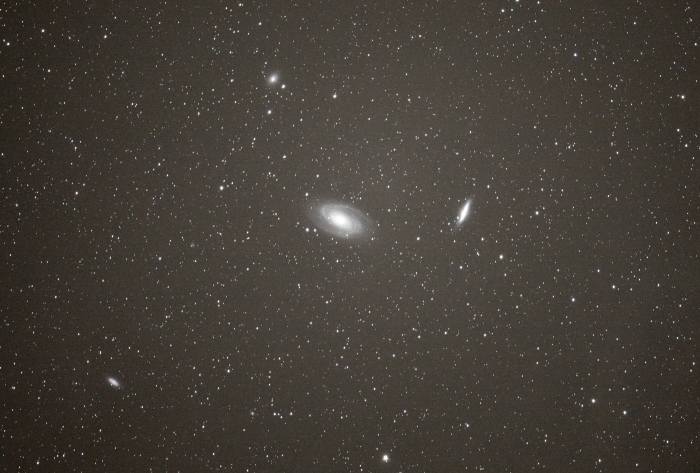
M81 and M82, two galaxies in the constellation URSA MAJOR.
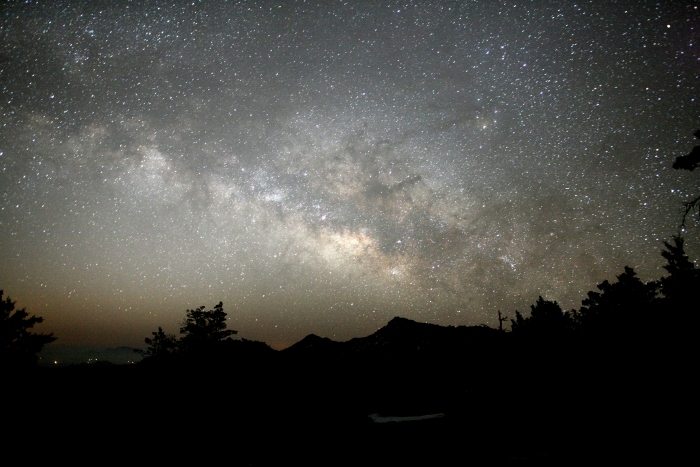
The rising Milky Way, some 30 minutes before twilight.
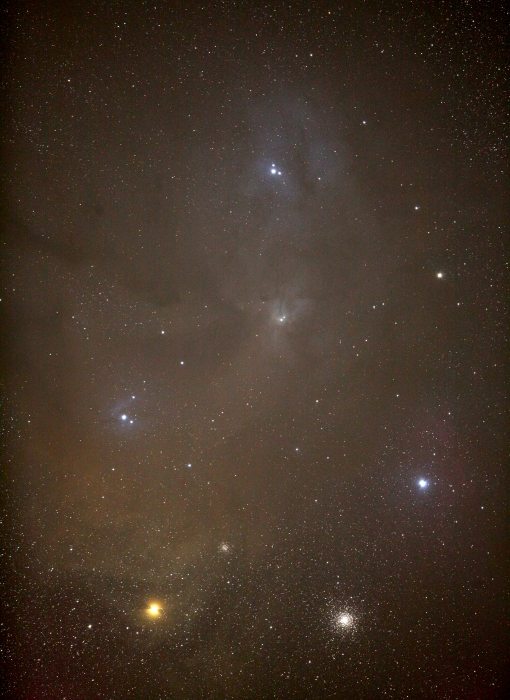
The Rho OPHIUCHI cloud complex, is a dark nebula of gas and dust.
The red star, Antares (lower left) is in the constellation SCORPIUS,
with the bright globular star cluster, M4, seen in the lower right.